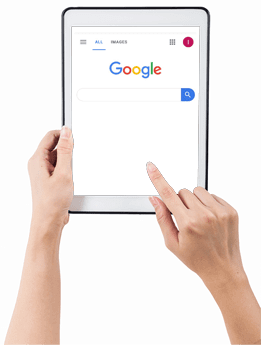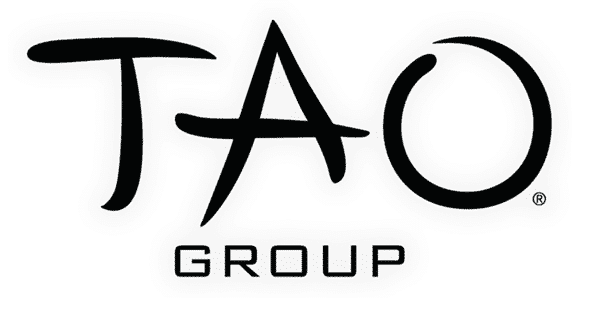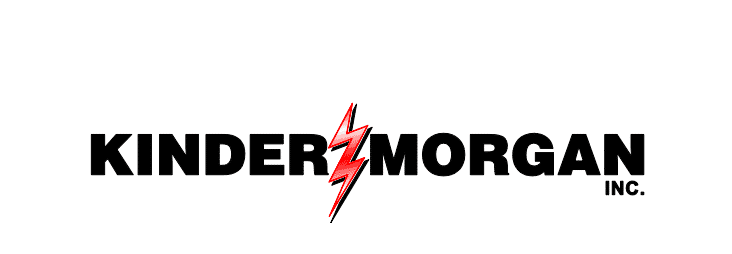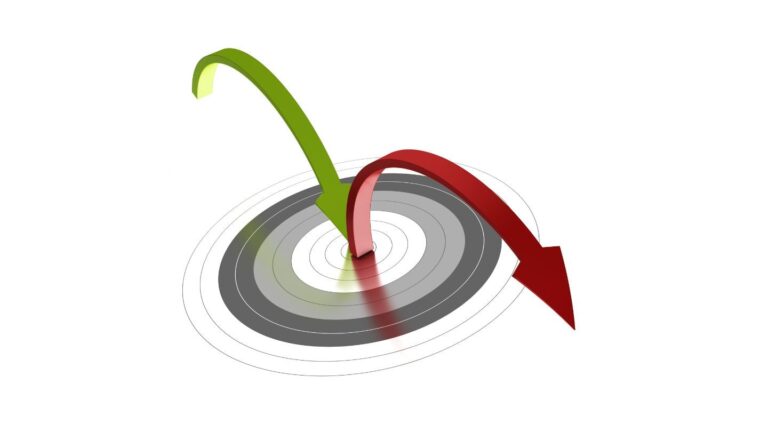
A high bounce rate can be a nightmare for website owners and digital marketers alike. It signifies that visitors are leaving your website without engaging further, which can adversely affect your search engine rankings, decrease conversions, and reduce the effectiveness of your digital marketing strategies. To address this issue, incorporating strategic web design elements is crucial. In this article, we’ll explore practical web design strategies that can help reduce your bounce rate and create a more engaging user experience.
What is Bounce Rate and Why Does It Matter?

Bounce rate refers to the percentage of website visitors who leave your site after viewing only one page without taking any further action. A high bounce rate often indicates that users aren’t finding your content relevant, engaging, or user-friendly. This matters because it directly affects your website’s overall performance. For one, a high bounce rate can harm your SEO rankings, as search engines interpret it as a signal that your content isn’t satisfying user intent. Additionally, it leads to lost conversion opportunities, as potential customers leave before taking desired actions such as signing up, making a purchase, or exploring further. Furthermore, a poorly performing site with a high bounce rate can damage your brand’s reputation, leaving visitors with a negative impression.
The Connection Between Web Design and Bounce Rate

Web design plays a pivotal role in shaping the first impression of your site. When users land on your website, they assess its design, navigation, and loading speed within seconds. If your site looks outdated, takes too long to load, or feels difficult to navigate, visitors are likely to abandon it immediately. By strategically enhancing your web design, you can create an experience that not only retains users but also encourages them to explore more pages, ultimately reducing your bounce rate.
Improve Website Speed for Better Retention
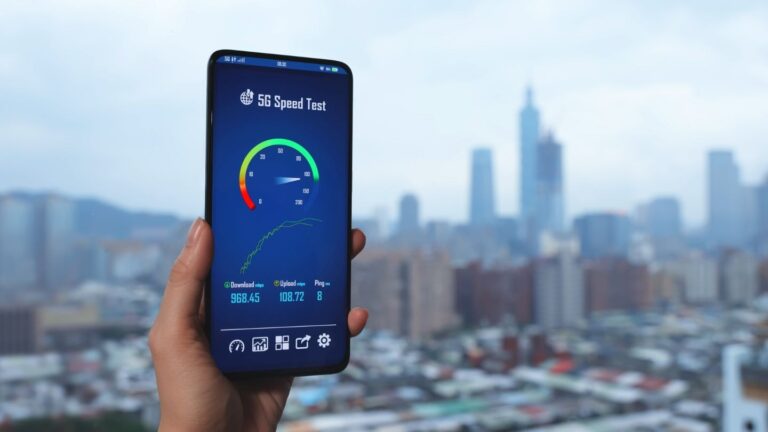
Speed is one of the most critical factors influencing bounce rate. In today’s fast-paced digital landscape, users expect websites to load within two to three seconds. If your site takes any longer, visitors may leave out of frustration, increasing your bounce rate. Enhancing your website’s loading speed is essential to keeping users engaged. Begin by optimising image sizes and formats, as large, uncompressed images can significantly slow down your site. You can also leverage browser caching, which stores website data locally on users’ devices, reducing reload times for repeat visits. Additionally, consider using a Content Delivery Network (CDN), which distributes your website’s content across global servers to ensure faster access. Lastly, minify your site’s code by removing unnecessary characters and spaces in HTML, CSS, and JavaScript files to streamline performance.
Create a Mobile-Friendly Design

With mobile devices accounting for over half of all internet traffic, ensuring your website is mobile-friendly is more important than ever. A responsive design adjusts seamlessly to different screen sizes and devices, providing users with an optimal browsing experience whether they’re on a smartphone, tablet, or desktop. Mobile users are quick to abandon websites that are difficult to navigate, have tiny fonts, or require excessive zooming and scrolling. To prevent this, adopt a mobile-first design approach by prioritising simple navigation, easily clickable buttons, and legible fonts. Ensure your site’s layout adapts to smaller screens without compromising functionality or visual appeal. A mobile-friendly site not only enhances user experience but also signals to search engines that your website is up to standard, which can boost your rankings.
Simplify Your Navigation

Complex or cluttered navigation can overwhelm users, leading them to leave your site prematurely. Streamlined navigation helps users find what they’re looking for quickly, reducing frustration and encouraging them to explore more pages. Start by organising your navigation bar into clear categories, ensuring that essential pages like “Home,” “About,” “Services,” and “Contact” are easily accessible. Avoid using too many dropdown menus, as they can confuse users, especially on mobile devices. Additionally, include a search bar to enable users to locate specific information quickly. By keeping navigation intuitive and user-friendly, you make it easier for visitors to stay engaged with your site.
Use Visual Hierarchy to Guide Visitors

Visual hierarchy refers to the arrangement of design elements in a way that naturally guides users’ attention to key areas of your website. By strategically placing headlines, images, and call-to-action buttons, you can direct visitors toward the most important parts of your site. Use contrasting colours and bold typography to highlight key messages, such as special offers or unique selling points. White space is another critical element that helps create a clean and organised layout, making it easier for users to focus on content. Proper use of visual hierarchy not only improves readability but also enhances the overall user experience, reducing the likelihood of users leaving your site quickly.
Incorporate Engaging Visual Content

Incorporating engaging visual content, such as high-quality images, videos, and infographics, is an excellent way to captivate users and keep them on your site longer. Visuals are processed much faster than text, making them an effective tool for conveying information quickly and effectively. For instance, embedding an explainer video on your homepage can instantly communicate your brand’s value proposition. However, ensure that your visuals are optimised for web use to avoid slowing down your site. Additionally, use visuals strategically to support your content and not as mere decorative elements. When done right, engaging visual content can significantly enhance the overall appeal of your site and lower your bounce rate.
Optimise Your Call-to-Action (CTA) Buttons

Your call-to-action buttons are critical for driving user engagement and reducing bounce rates. Poorly designed or hard-to-find CTAs can result in missed opportunities to guide users to the next step. To make your CTAs effective, ensure they are prominently placed and use action-oriented language, such as “Sign Up Now” or “Learn More.” Use contrasting colours to make them stand out from the rest of the page and encourage users to take action. Additionally, position your CTAs strategically, such as at the end of a blog post or in a visible area of the homepage. Clear and compelling CTAs help create a seamless user journey, keeping visitors engaged and reducing the likelihood of them leaving prematurely.
Improve Content Readability

If your content is hard to read, users are likely to leave your site quickly. To improve readability, use short paragraphs, bullet points, and subheadings to break up large blocks of text. Choose legible fonts and appropriate font sizes to ensure text is easy to read on all devices. Additionally, maintain a consistent font style throughout your site to create a cohesive look. Incorporate visuals, such as images or charts, to complement your written content and make it more engaging. Clear and well-structured content ensures that users can easily find the information they’re looking for, encouraging them to stay longer.
Conclusion
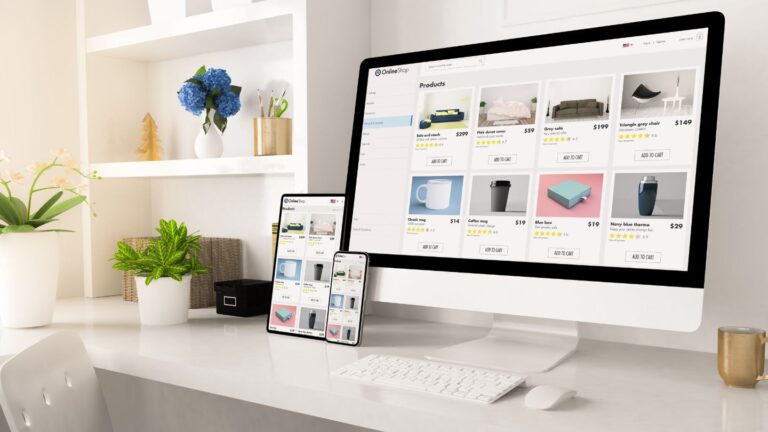
Reducing your website’s bounce rate is essential for improving user engagement, boosting SEO rankings, and driving conversions. By focusing on strategic web design elements, such as improving site speed, adopting a mobile-friendly design, simplifying navigation, and incorporating engaging visuals, you can create an experience that encourages users to stay and explore. Remember, a user-friendly website is key to retaining visitors and achieving your digital marketing goals. Take the time to assess your site’s design and implement these strategies to see measurable improvements in your bounce rate and overall website performance.


